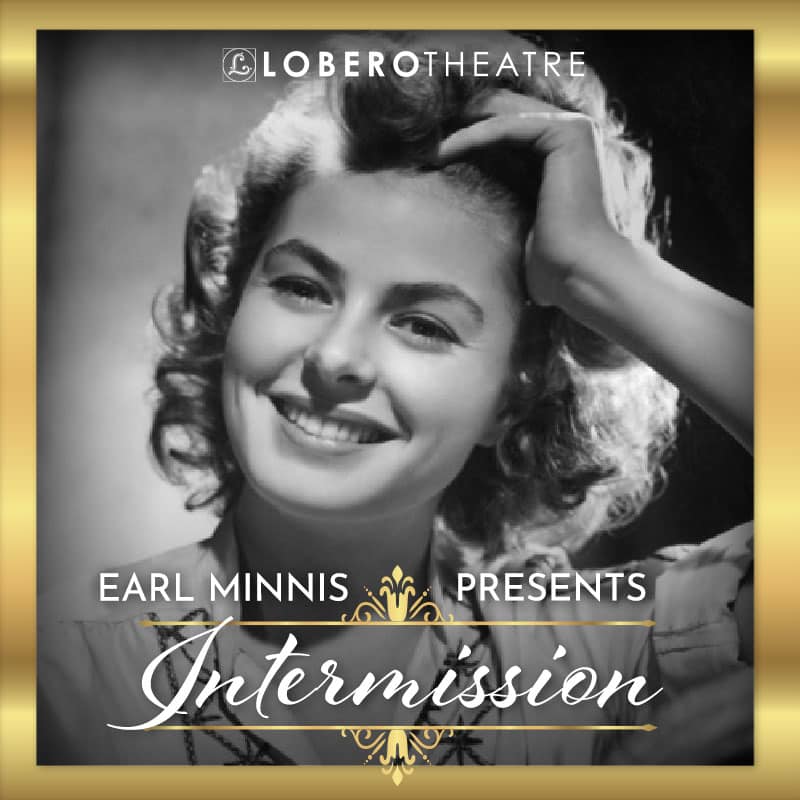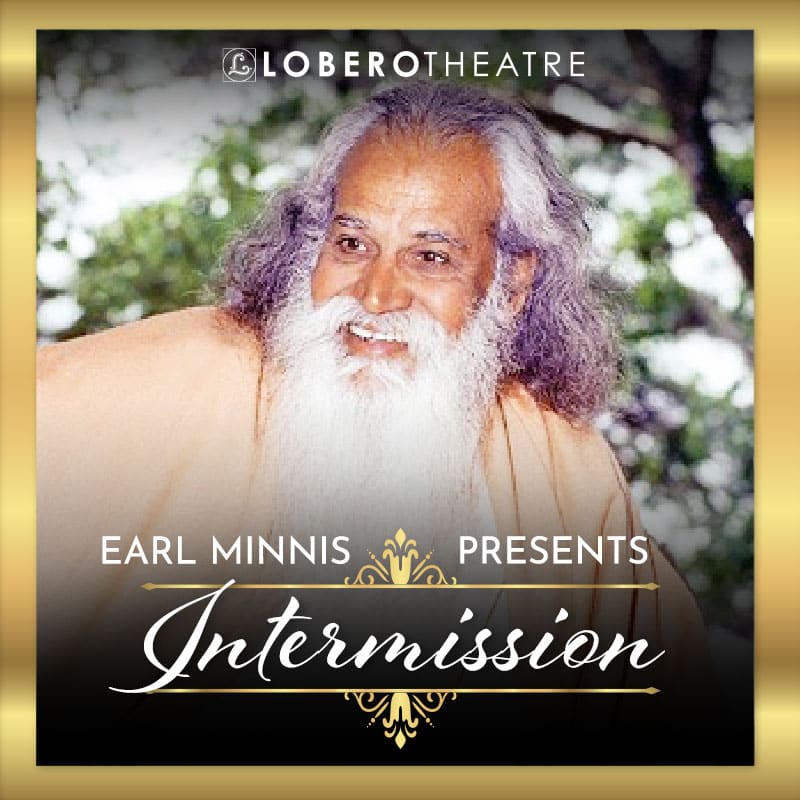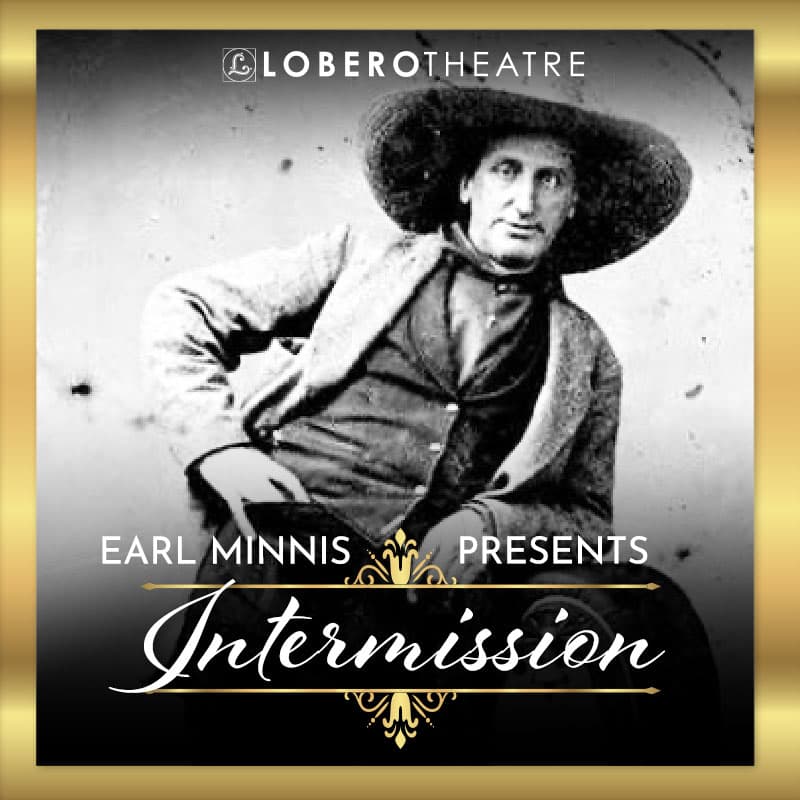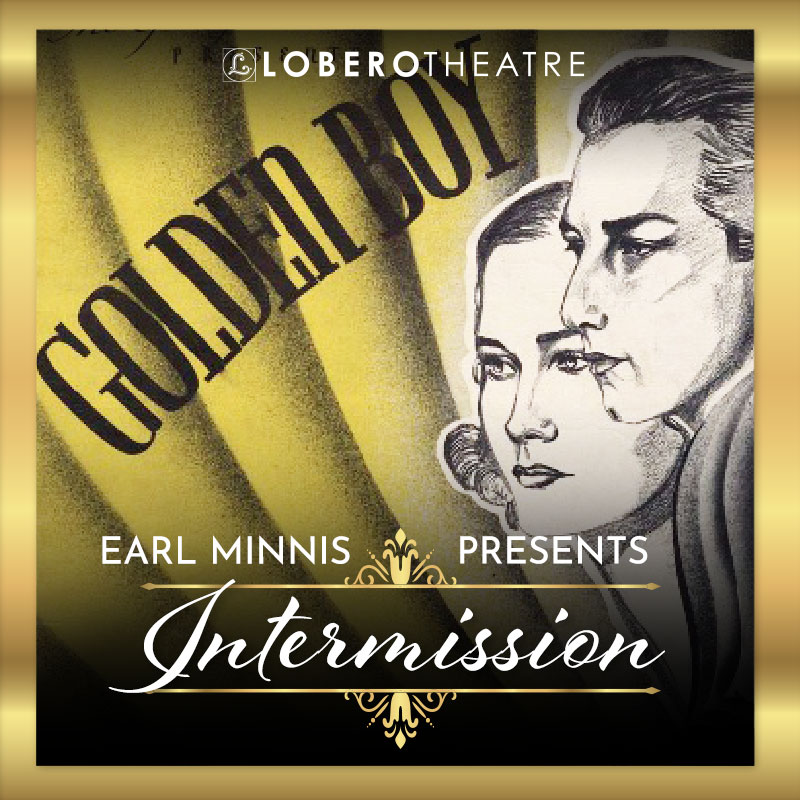On Wednesday evening, July 30, 1941 Hollywood paparazzi and autograph seekers swarmed the entrance to the Lobero Theatre.
A live radio broadcast corralled celebrities for sound bite interviews in the theater foyer. This was opening night for Eugene O’Neill’s play Anna Christie, starring Ingrid Bergman. In the packed audience were playwright O’Neill, and a large Hollywood contingent including Alfred Hitchcock, Charlie Chaplin, Lana Turner and Olivia De Havilland.
In the spring of 1941, famed Hollywood producer David O. Selznick (Gone with the Wind) announced that he would be producing a summer series of plays at the Lobero Theatre. The Selznick Company’s ambitions were grand – using top film and stage stars to create a renaissance of drama in Southern California and “making the Lobero the birthplace of important contributions to the American theatre.”
The play chosen to open the series was Anna Christie, Eugene O’Neill’s drama of a former prostitute who falls in love but runs into difficulty turning her life around. O’Neill had won the 1922 Pulitzer Prize for Anna Christie and in 1930 it had been made into a film starring Greta Garbo. To direct the Lobero play, Selznick hired John Houseman, who was Orson Welles’ film and stage producing partner.
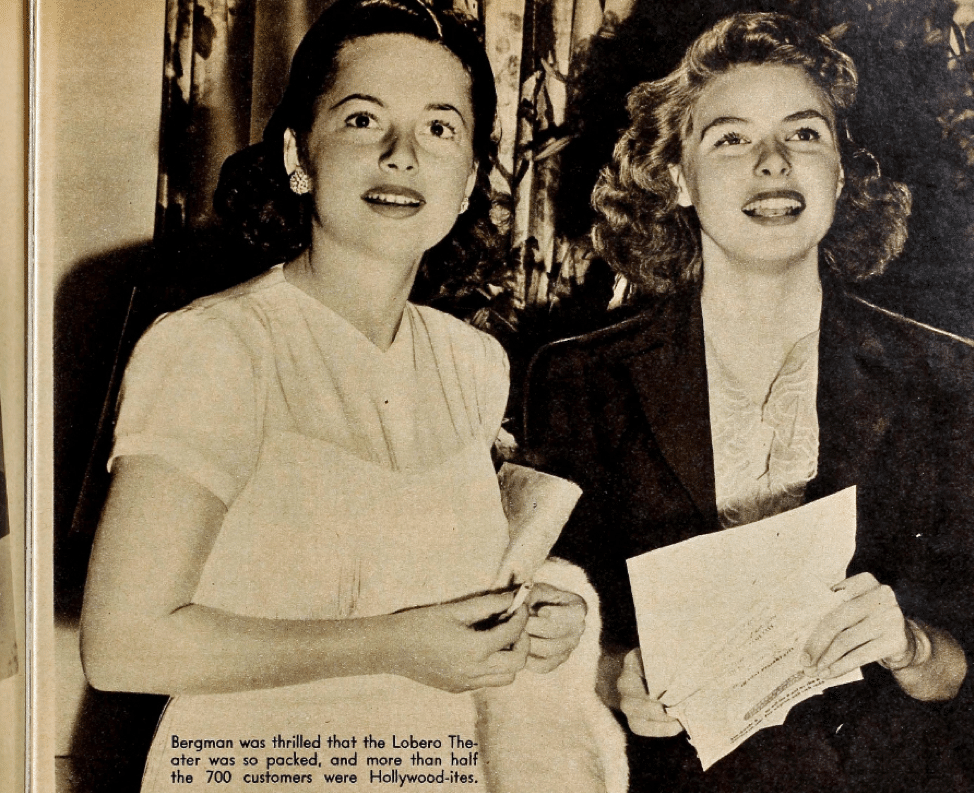
Ingrid Bergman was born in Stockholm, Sweden in 1915 and had made her first English-language film in 1940 – a David O. Selznick production called Intermezzo. When she took to the Lobero stage for the first of her 5 performances in July 1941, Bergman was considered a rising Hollywood talent, but was not yet the superstar she would become a year later with 1942’s Casablanca. Bergman wrote in her autobiography that her Lobero appearance was her first real glimpse of stardom,
“People were turned away every night even after the orchestra pit and every corner were filled with extra chairs. The autograph hunters not only stormed every window and door, they even tried the roof. I felt like a real star!”.
The opening night of Anna Christie was a huge hit and the enthusiastic audience demanded 10 curtain calls. Bergman’s performance received glowing reviews from both the local and national press, with Edwin Schallert of the Los Angeles Times writing, “The third act climax in which Miss Bergman limned the past of Anna had notable inspiration … it took its place as one of the most memorable scenes ever done on the stage of Southern California.”
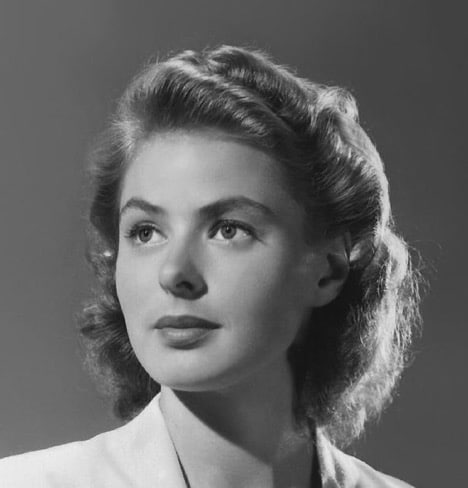
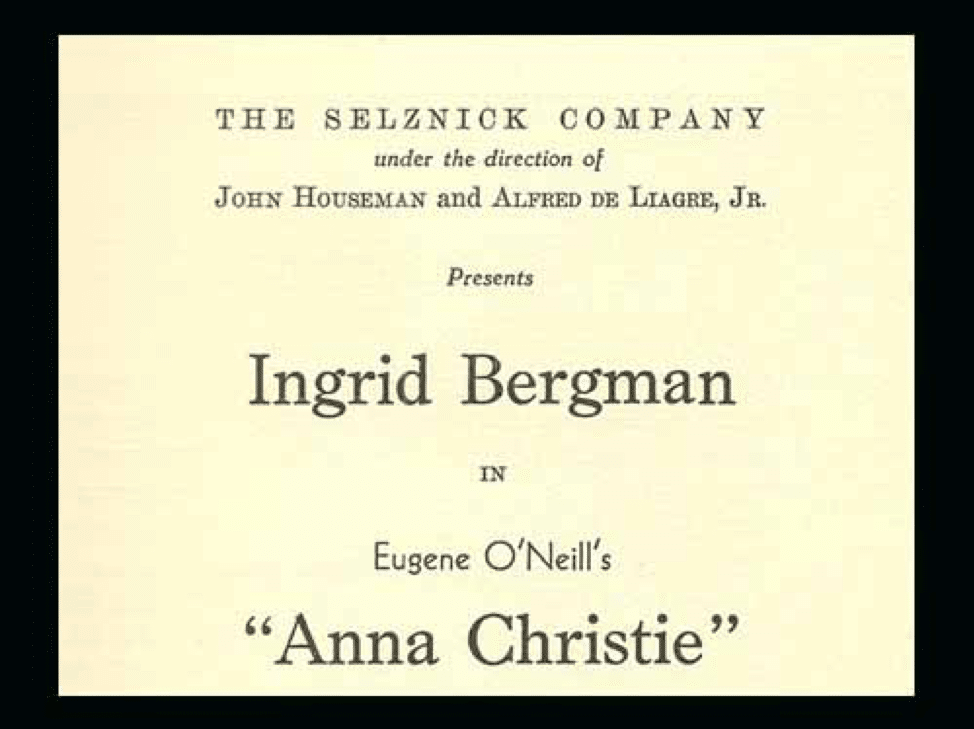
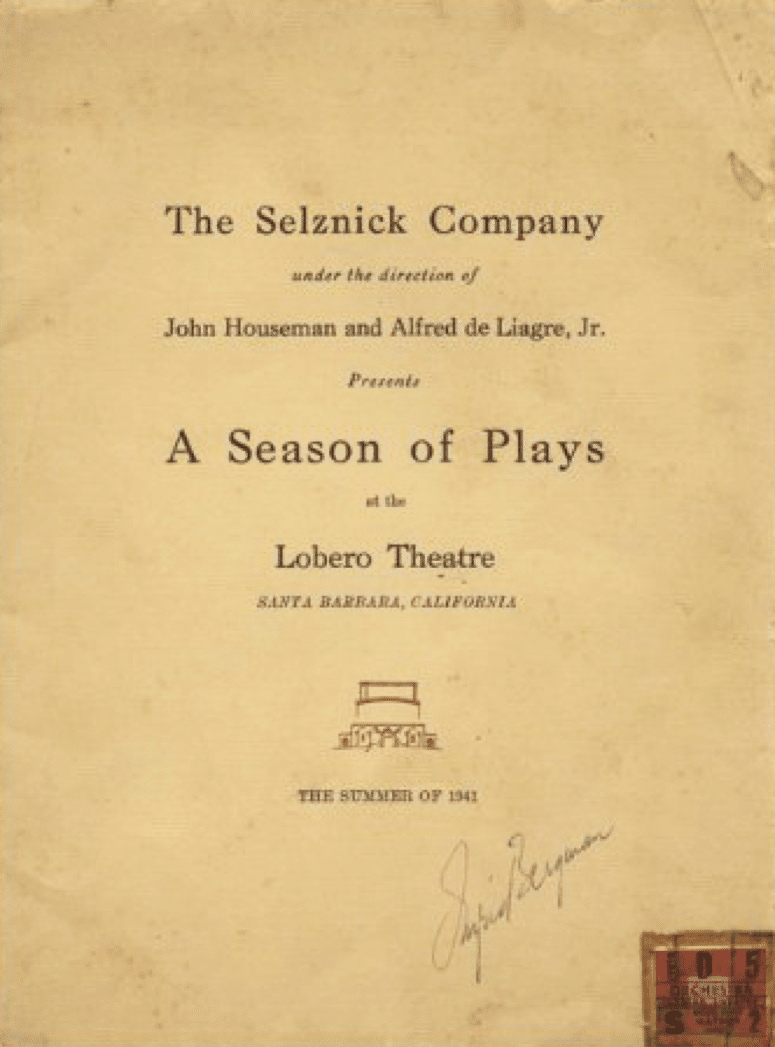
Anna Christie was also notable for the effort made by producer John Houseman to engage with the Santa Barbara community, especially students. The UCSB El Gaucho newspaper wrote, “Houseman has announced that a special rate of 55 cents for seats will be made for students wishing to attend the Saturday matinee. A cordial invitation has also been extended by Houseman for students interested in stagecraft to come out on stage after the performance and inspect the sets, properties, special effects, etc..”
And for her part, Ingrid Bergman showed why she is remembered as one of Hollywood’s most gracious and accessible actors.
The UCSB El Gaucho wrote, “Following the matinee performance, Miss Bergman will meet any who care to come backstage and will autograph programs for them.”
Sources:
- Ingrid Bergman: My Story
https://en.wikipedia.org/wiki/Ingrid_Bergman
